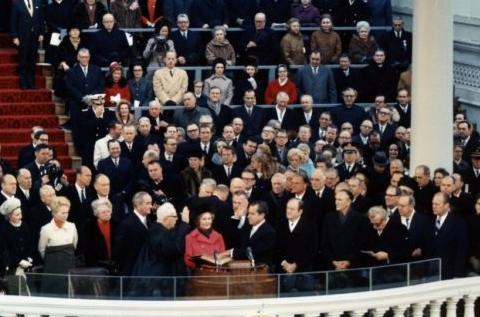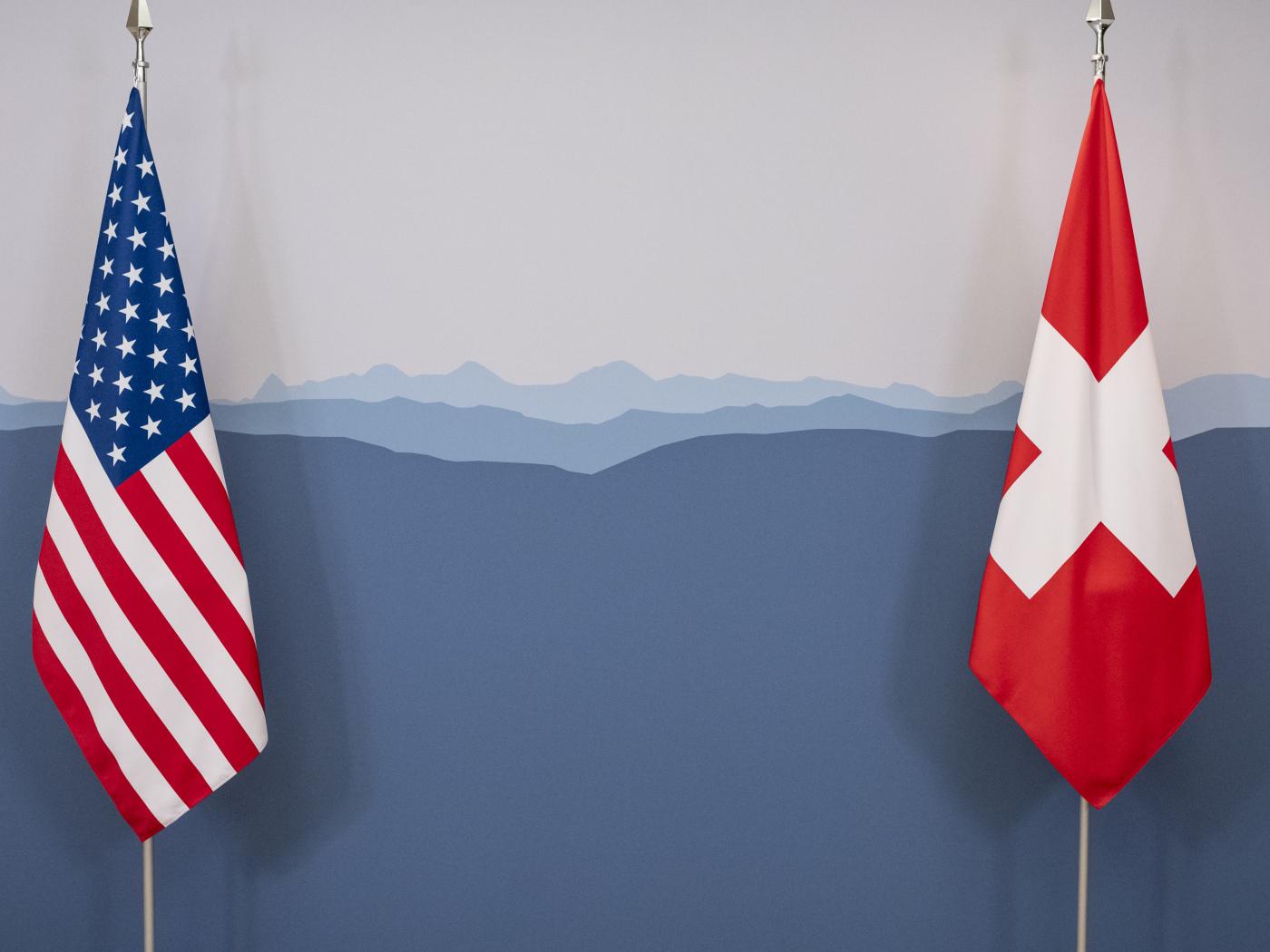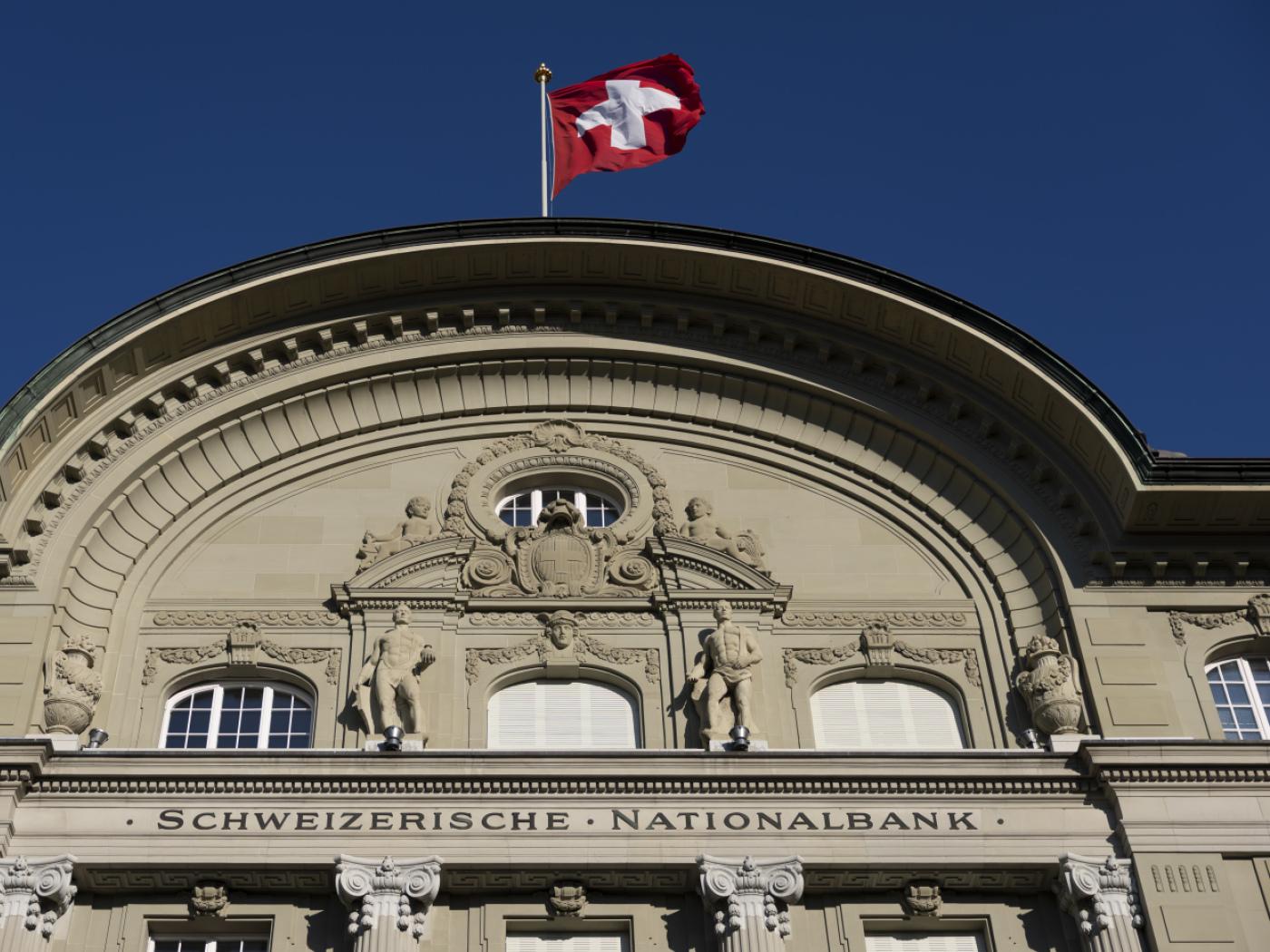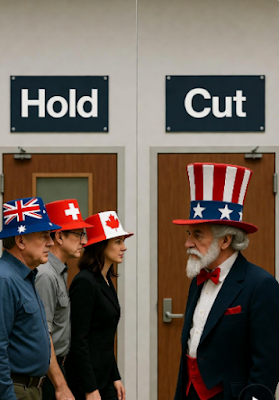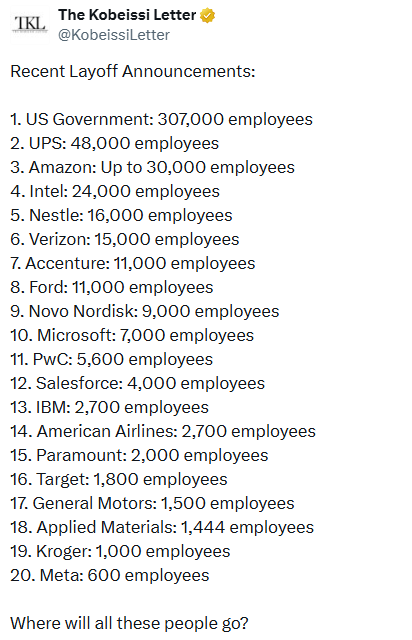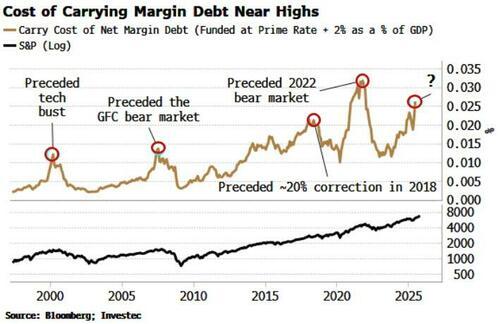Sometimes, bad luck can strike. But other times, a catastrophe comes from a series of bad decisions, each the reaction to the consequences of the previous one.
On August 15, 1971, President Nixon decreed that the US dollar would no longer be redeemable for the gold owed, even to foreign governments. This bad decision is the latter, a desperate attempt to avoid the consequences of previous bad decisions.
Tricky Dicky’s Catastrophe
Richard “Tricky Dicky” Nixon decided, with advice from Milton “Free to Choose” Friedman, to end gold convertibility. He claimed it was just temporary, but his decree was a dishonorable default on the obligations of the US government.
My God, I wish that we the people did not grant such power to the government!
The Power to debauch the money is the Power of the One Ring. How can people not see this? Those who, like Boromir, would use it “to make us stronger”, or like Boromir’s father Denethor “only in the utmost end of need”, are deluding themselves. As Gandalf explains to Frodo, this Power has no good uses.
No, Boromir, it does not make the economy stronger. No, Denethor, it does not stimulate recovery.
A Brief History of the Bad Decisions that lead to Nixon’s Really Bad Decision
Nixon’s bad policy decision came after a long series of bad policy decisions, going back to 1792. The Coinage Act of that year fixed the price of silver to gold, in a ratio of 15 units of silver to 1 unit of gold. However, in world markets, the ratio was closer to 15.5 to 1. Fixing silver to gold at a lower ratio means gold was cheaper, in silver terms. The law overvalued silver as American money and bank deposits, giving free purchasing power to holders of silver.
Obviously, if Paul gets something for nothing, then Peter must get nothing for something. Or, at least, this should be obvious.
Gresham’s Law tells us that if silver is overvalued as money, and gold is undervalued, that silver will come into circulation and gold will be hoarded or exported. Though officially on bimetallism, America was on a de facto silver standard.
Next, in 1834, the new law changed the ratio to 16 to 1. This law undervalued silver, and America became a de facto gold standard. This change transferred wealth from silver owners to gold owners. The former tended to be farmers and craftsmen, who held silver at home. The latter tended to be the wealthy, who deposited gold in the banks. Obviously, the latter were more effective in lobbying.
Greenbacks
Next, in 1861, the government declared that paper currency was not redeemable for metal. In 1862, the government issued the later-infamous “Greenbacks”, and in 1863 banks with federal charters (even in the 19th century, one could not just open a bank as any other kind of business, one needed special permission) could issue irredeemable notes. These were declared legal tender, which means that creditors had to either accept them or forego payment altogether.
No one would trade valuable goods, or his own labor, for irredeemable paper unless his creditors were forced to accept it in satisfaction of his debts. The ultimate victim of irredeemable currency is the man who lends his savings. He expects to be paid back on the same terms, but irredeemable paper is constantly in a slow-motion process of changing the terms, i.e. sliding towards default.
The Coinage Act of 1873
After the Civil War, the government resumed payment in specie, but they took advantage of the opportunity to make some more mischief. The Coinage Act of 1873 effectively demonetized silver. Farmers and craftsmen incurred further losses on their silver, and now had to pay their debts in gold.
The “Crime of ’73” was still in people’s minds in the election of 1896. William Jennings Bryan ran against William McKinley. Bryan wanted a return to the bimetallic system. McKinley was for the gold standard. McKinley won.
The Federal Reserve Act of 1913
But Bryan did not go away quietly into this goodnight. He surfaced again in the administration of President Woodrow Wilson. And he was instrumental in the passage of the Federal Reserve Act in 1913. The farmers and small savers had their revenge. If they could not lighten their debt burden by resumption of silver coinage, then they thought they could do it by granting the government a monopoly on currency issuance.
The stated reason for creating the Federal Reserve was not: inflation or unemployment. These problems didn’t become monsters until later (unemployment after 1929, and inflation after WWII). The Fed was purportedly created to stabilize the economy. The actual result was, of course, that the economy was destabilized.
The interest rate first rose, then fell. The Fed, being the lender of last resort, tempted the banks to speculate with this moral hazard. The falling interest rate enabled them with cheaper credit.
Executive Order 6102
Then runs on the banks began, as they had become unsound. Banks were dropping like flies, so President Roosevelt imposed another one of those bad decisions in the sorry series that has corrupted the money. He declared it to be a crime to own gold, and he voided all contract clauses providing for payment in gold (except to foreign governments). Just like that, the most conservative savers were forced to buy government bonds.
Bretton Woods
At the end of WWII, the Bretton Woods Conference was another bad policy decision. It imposed a monetary system, in which other countries treated the US dollar as if it were gold. Everyone assumed—US government officials most of all—that this system was in the interests of the US. In fact, it was architected by Harry Dexter White, who was later discovered to be a tool for the Soviet Union. One could hardly devise a better way to destroy America, than a monetary system that America would love the way a junkie loves heroin. In the end, the drug kills the drug addict.
The Allied Powers (and later the former Axis Powers) were in no position to quibble with terms dictated by the world’s sole superpower. However, they soon began redeeming their dollars for gold. France famously sailed a battleship into New York harbor, offloaded pallets of paper bills and onloaded pallets of gold bars.
They were withdrawing the nationalized gold held by the US government. Much of this gold had been looted from the American people by Roosevelt’s government in 1933. It was believed then—and now—that when the government has gold, this is somehow for the good of the people.
The US Defaults
Based on this belief, it was not hard to sell the idea that Nixon’s gold default was for the benefit of the American people. That’s why Nixon had dishonorably defaulted—yeah, that’s the ticket! Nixon also unleashed an inflationary Hell, which impoverished Americans. It took—and continues to take—a whole gaggle of court-economists to sell inflation. People would not otherwise believe in the alleged virtues of monetary debauchery.
Nixon was not thinking about the good of the American people. He just didn’t want to raise interest rates before an election, which would cause a recession, and make him lose.
Higher rates would have satisfied foreign governments, and they would have continued to hold their dollars. When rates are too low, then people withdraw their gold deposits. The same was true for foreign governments.
The crisis was that America’s socialized gold was draining away.
The Ideas Behind the Nixon Shock
The concept of collectivism is essential to understanding this problem. By 1971, the people had long conceded that money is too important to trust to individuals who are free to make their own decisions. They had come to believe that money must be imposed by government, and expertly planned by central planners. They somehow believed that planners are entirely independent of politics.
Anyways, the court-economists had sold the idea that central planning was scientific, while the market is prone to failures. Taking the prevailing view to its logical end, if the central bank inflicts harm on us, that’s a small price to pay for the greater help it inflicts on us.
My God, I wish that people did not blithely go along with the court-economists who serve the self-serving politicians who just want to spend more money than they could ever get by taxing us!
Nixon’s sorry act was committed in full public view (if you haven’t seen the video of his mendacious little speech, you should). Nixon was forced to resign, and his name lives in infamy forever—but not for this. His scandal at Watergate was about the petty (by comparison) crime of having his henchman break into the campaign headquarters of his opponents, and then lying about it. It’s a lot like throwing Al Capone in jail, not for numerous counts of murder—but for tax evasion.
The Present and Future Consequences of Nixon’s Default
The first consequence of irredeemable currency was skyrocketing prices through 1981. The second was falling interest rates, which continues through the present day.
Falling interest enables skyrocketing government deficits, and skyrocketing debt in government and the private sector. This in turn drives falling marginal productivity of debt—diminishing returns on borrowing, where each new dollar generates less and less economic growth. Finally, we have falling yield purchasing power—what you can afford to buy, not by liquidating an investment, but from the interest or dividends it generates. Deprived of yield, people are forced to consume capital. Employment depends on capital, so capital consumption has marginalized over a hundred million people.
Today, the central planners are doubling down, flailing about to prevent the collapse of the system. Our monetary masters are buying assets. Trillions and trillions worth of assets. They think that this will somehow shake off the malaise that has persisted since the crisis of 2008.
And the next crisis may already be brewing. While the Fed is buying trillions of Treasury bonds from the banks, it is simultaneously engaging in reverse repo transactions. In a reverse repo, the Fed borrows cash from the banks, giving them Treasury bonds as collateral. Got that? The Fed is buying bonds from the banks, then turning around and temporarily selling the bond back to the banks (reverse repo is a short-term contract).
This is like, in chess, moving the bishop out, and then moving it back on the next move. Times a trillion dollars.
My God, I wish the government did not have this Terrible Power over our money! We the people should have the right to hold gold or bank deposits, as we prefer. This choice is key to a free market in interest rates (Monetary Metals is doing just that, with our Gold Yield Marketplace™).
Full story here Are you the author? Previous post See more for Next postTags: Basic Reports,Featured,Gold Exchange Report,newsletter









